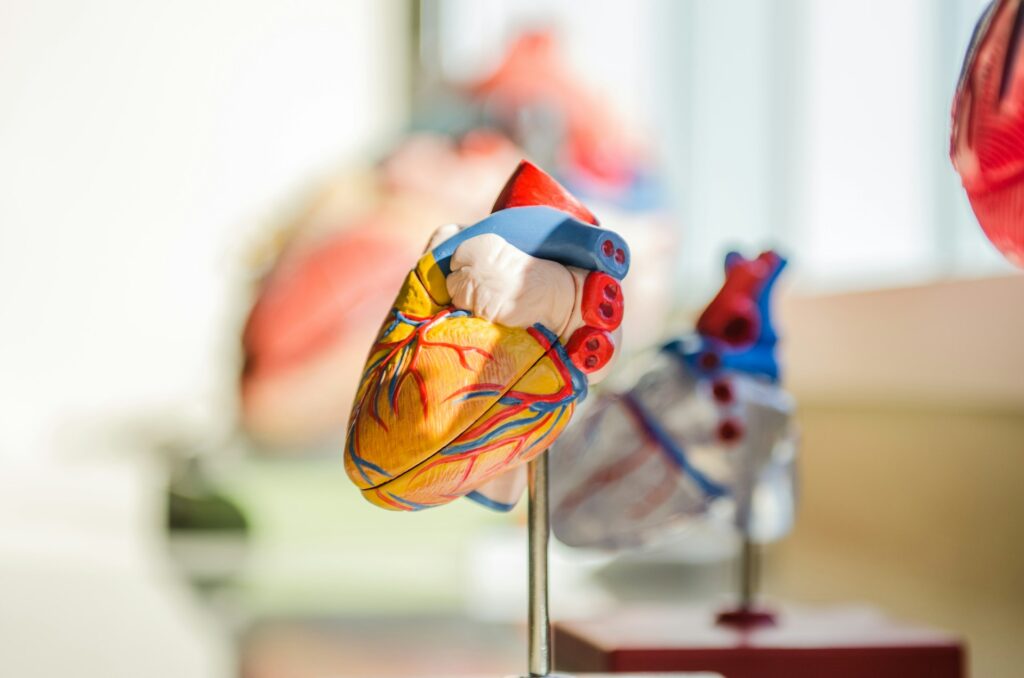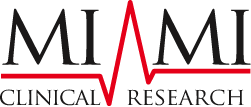CARDIOVASCULAR
Stroke Clinical Studies

What is a stroke?
A stroke, often known as a “brain attack,” happens when there is a disruption or reduction in the blood supply to a portion of the brain, which causes brain cells to become malnourished and lose oxygen. This disruption in blood flow may result from a brain blood vessel burst (hemorrhagic stroke) or an obstruction in an artery supplying the brain (ischemic stroke). The majority of stroke cases are ischemic strokes, which happen when a blood clot blocks a blood vessel and stops blood flow to a particular part of the brain. On the other hand, hemorrhagic strokes happen when a weak blood vessel bursts, allowing blood to seep into the surrounding brain tissue and causing swelling and damage.
Stroke clinical studies play a crucial role in advancing our understanding of stroke prevention, treatment, and rehabilitation. Researchers can look into novel treatments, drugs, and interventions targeted at enhancing outcomes for stroke victims by taking part in clinical trials. These studies may investigate a range of stroke care topics, such as innovative treatment modalities, early detection measures, rehabilitation procedures, and long-term impairment minimization tactics. Patients who take part in stroke clinical studies have access to state-of-the-art treatments as well as a chance to influence the creation of better stroke management techniques, which will ultimately raise the standard of care for stroke survivors everywhere.
Stroke Symptoms
Understanding the signs of a stroke is essential for seeking medical attention as soon as possible. Treatment can reduce brain damage and enhance results. The most typical symptoms of a stroke can be easily remembered by using the acronym FAST:
- Face: Numbness or drooping on one side of the face are possible. In order to look for facial asymmetry, ask the subject to smile.
- Arms: One arm or leg may become weak or numb. To check if one arm is drifting downward, ask the person to lift both arms.
- Speech: Slurred or hard to understand speech is possible. To check for speech changes, ask the subject to repeat a short statement.
- Time: It’s important to contact emergency authorities right away if you see any of these symptoms.
Apart from FAST, other indications of a stroke could be an abrupt start to:
- Severe headache with no known cause
- Trouble seeing in one or both eyes
- Difficulty walking, dizziness, or loss of balance and coordination
It is imperative to identify and address these symptoms as soon as possible, as rapid medical attention can significantly increase the likelihood of recovery. Stroke clinical studies play a vital role in advancing our understanding of stroke symptoms, risk factors, and treatment options. By participating in stroke clinical studies, researchers can identify new approaches to stroke prevention, diagnosis, and management, ultimately improving outcomes for individuals affected by stroke. The objective of these research is to lower the burden of stroke-related disability and mortality by examining the safety and effectiveness of innovative therapies, diagnostic techniques, and rehabilitation approaches. In addition to providing patients with access to state-of-the-art care, taking part in stroke clinical research adds to the body of knowledge that will influence stroke care standards in the future across the globe.
stroke Treatment Options
Whether a stroke is hemorrhagic (caused by bleeding in the brain) or ischemic (caused by a blockage in a blood vessel) will determine how it is treated. The following are a few possible treatments:
1.
Ischemic Stroke Treatment:
- Thrombolytic therapy: Also referred to as tissue plasminogen activator (tPA), this drug is injected intravenously to break up blood clots and help the damaged brain area regain blood flow if it is started within a few hours of the onset of symptoms.
- Mechanical thrombectomy: To improve blood flow to the brain in cases of major arterial occlusion, a catheter-based operation called mechanical thrombectomy may be used to physically remove the blood clot from the blocked artery.
- Antiplatelet drugs: To stop more blood clots from forming, doctors may give drugs like aspirin or clopidogrel.
- Anticoagulants: Heparin and warfarin are examples of anticoagulant drugs that may be used in specific situations to stop blood clots from forming.
2.
Hemorrhagic Strokes Treatment:
- Surgical intervention: To repair the injured blood vessel and halt the bleeding, surgical techniques including craniotomies or endovascular coiling may be used if the bleeding is severe or life-threatening.
- Blood pressure control: In order to lower blood pressure and lessen the chance of further bleeding, medications may be given.
- Reversal agents: These drugs negate the effects of anticoagulant medications, which may have been a contributing factor in the bleeding in question.
- Supportive care: Hemorrhagic stroke patients may need close neurological monitoring, airway control, and other supportive interventions in addition to intensive care monitoring.
3.
Rehabilitation:
Rehabilitation is an essential part of treatment for all types of strokes, helping patients regain function that has been lost and enhance their quality of life.
Physical therapy, occupational therapy, speech therapy, and cognitive therapy are some forms of rehabilitation that can be used to address functional deficiencies and individual requirements.
4.
Secondary Prevention:
After a stroke, underlying risk factors are managed and strokes are prevented from happening again. This could entail dietary adjustments, frequent exercise, quitting smoking, and prescription drugs to regulate blood pressure, cholesterol, and blood sugar levels.
Treatment choices for strokes might change according on the patient’s unique circumstances, the severity of the stroke, and the existence of complicating conditions. For stroke patients to have the best possible outcome and lower their chance of having another stroke, they must receive follow-up treatment and immediate medical intervention. Contact us if you would like to know more about our Stroke Clinical Studies.
Explore stroke clinical Studies
Click the button below to learn about the variety of chances if you’re interested in learning more about the clinical studies that are now being offered for stroke. Participating in stroke clinical studies can contribute to advancements in stroke prevention, treatment, and rehabilitation. Participating in these trials may provide you with access to cutting-edge treatments and interventions designed to enhance the prognosis of stroke victims. Investigate the available studies right now to take the first step in improving patient treatment and contributing to stroke research.
are you at risk of a stroke?
Do not hesitate to get in touch with us right now if you need help or if you have any questions. Whether you have questions about our services, would want to schedule your first consultation, or would need more information about stroke clinical studies, our team of medical specialists is ready to support you every step of the journey. We’re committed to supporting you throughout your healthcare journey and offering individualized assistance based on your needs. For quick and thorough assistance, get in touch with us right now. We’re available to help with questions and to direct you toward the best possible health and wellbeing. For more articles on health related issues, checkout our Linkedin.

